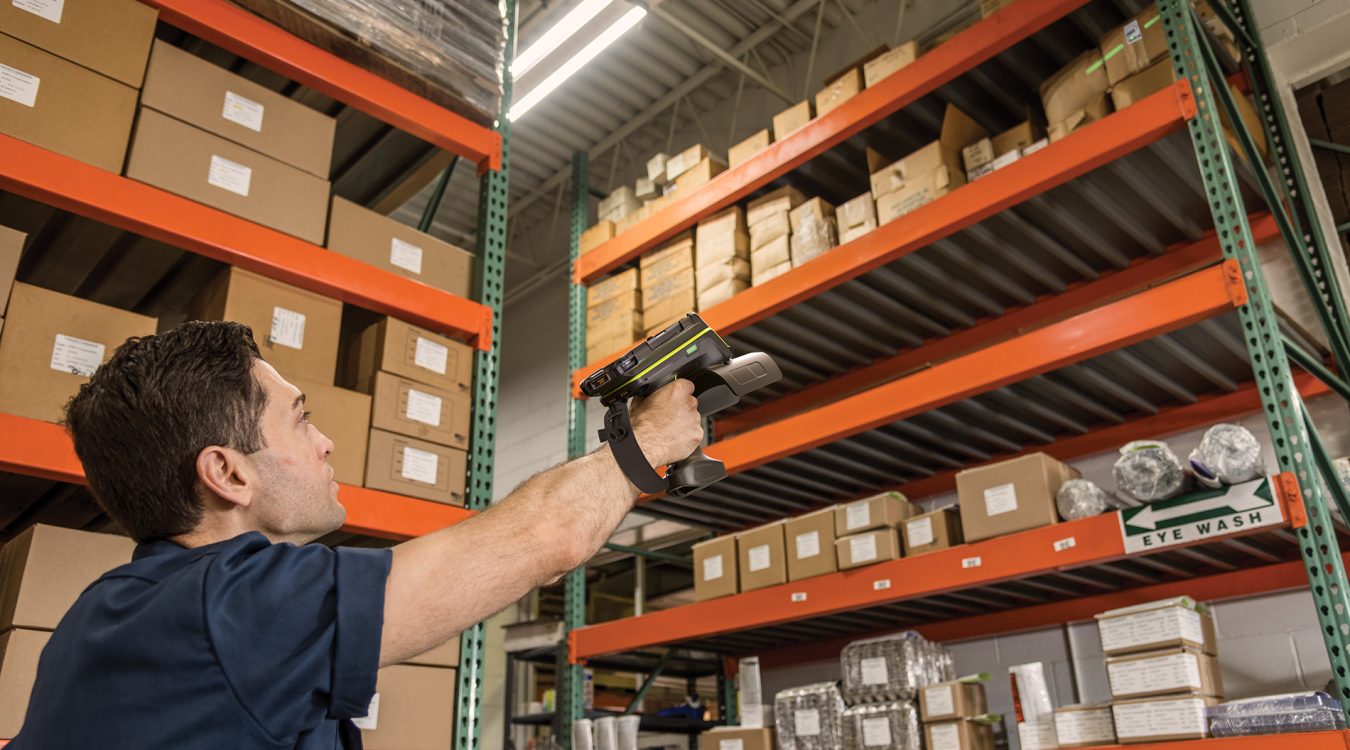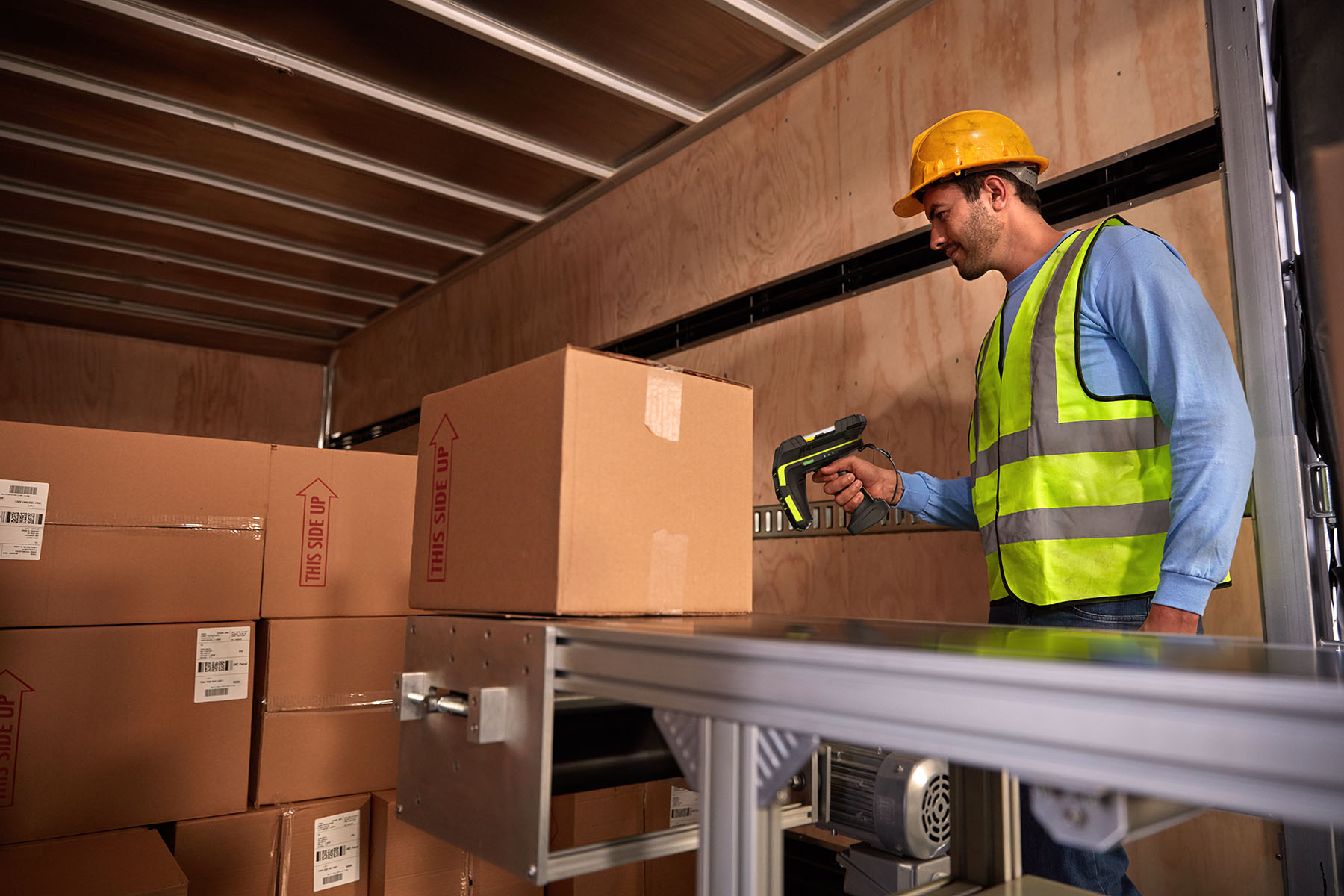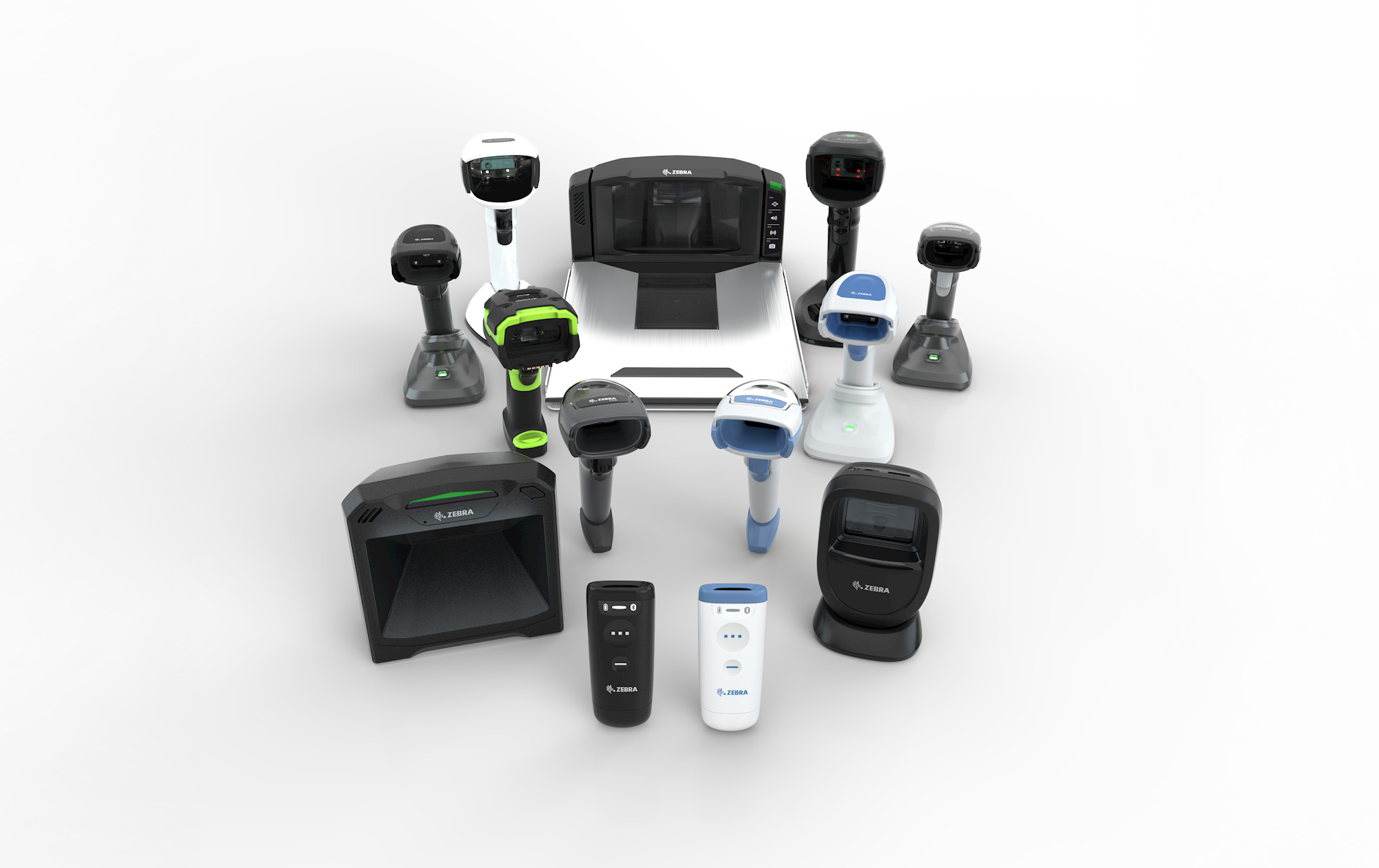
RFID - the future today
RFID (Radio Frequency Identification) technology has been around practically for many years, but for a long time its application was quite selective. RFID systems have gained popularity in the automotive industry, especially as a support for recording data in the car manufacturing process.
The technology also facilitates the identification of reusable containers in logistics. For several years, RFID has also become a standard in the fashion industry – supporting both sales and inventory of clothing.
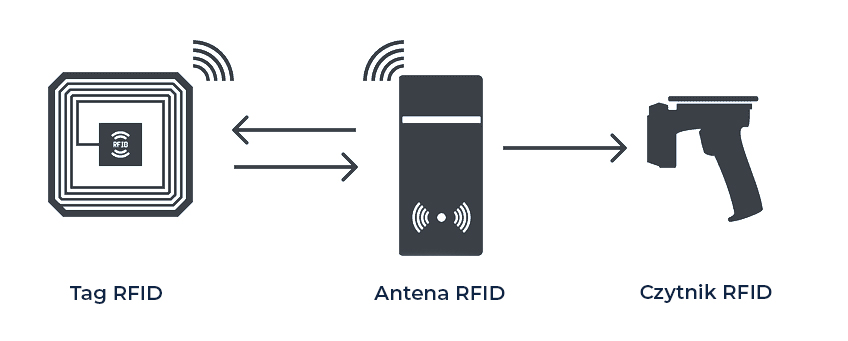
How does RFID work and what advantages does it have?
Physical contact between the tag (such as an adhesive label) and the reading device is not required for operation. The RFID reader sends out a radio wave that activates a chip in the tag, which transmits data back to the reader.
The biggest advantages of RFID are the ability to read multiple tags simultaneously (even several hundred) and a significant reading range – even several meters in UHF technology. Limitations, however, arise in harsh physical conditions, such as the presence of water or metal, which can interfere with the reading.
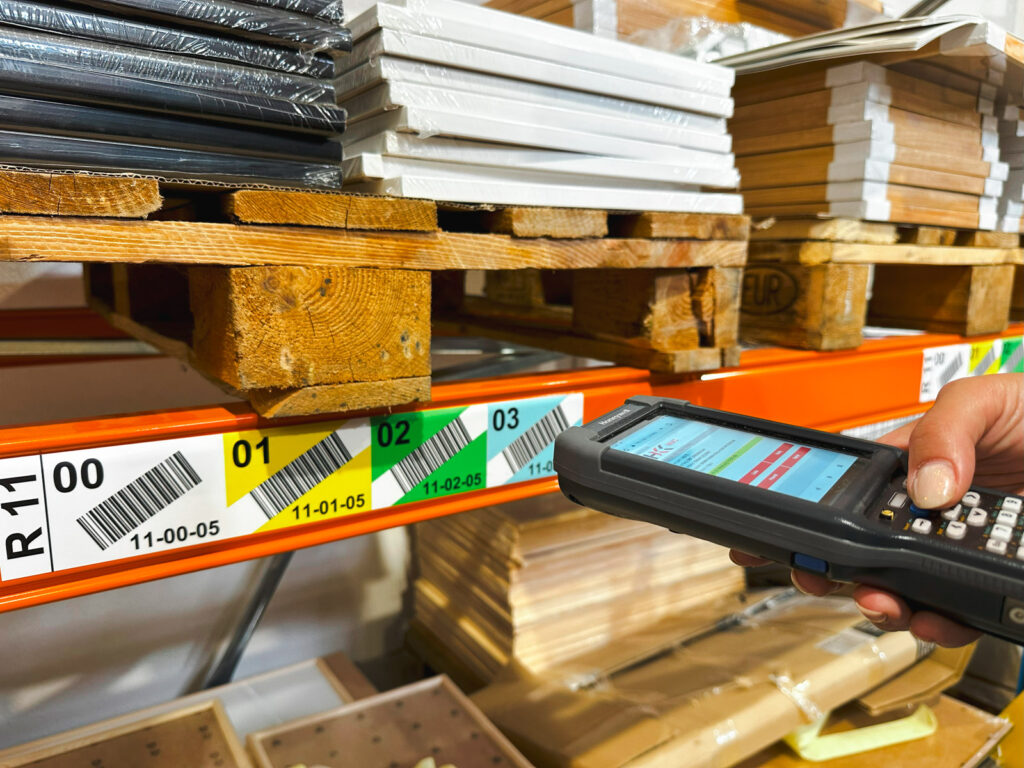
The old-fashioned barcode and 2D codes - the future is still ahead of them
The most popular method of data collection remains barcodes and two-dimensional (2D) codes – and there are many indications that this will not change for a long time to come. Reading requires optical contact between the code and the reader. Although the reading itself can be done from a greater distance (even several meters), this usually involves specialized equipment.
A limitation of this technology is that a standard reader can only read one code at a time. Although there are solutions based on image analysis that partially solve this problem, this is still an advantage of RFID. In contrast, the biggest advantages of barcodes are their ubiquity, very low implementation costs and minimal operating costs.

Costs of RFID and barcode technology
The cost of implementing both technologies is similar – both require hardware infrastructure, including readers and, in the case of RFID, antennas. The key cost difference is revealed in operation.
RFID tags, regardless of their form (disposable or reusable tags), are significantly more expensive than standard self-adhesive barcode labels. This makes RFID unlikely to replace common barcodes, but, in our view, a complementary addition to them.
RFID will find application where products are valuable, as well as in the identification of reusable media, such as pallets, containers and bulk packaging.


